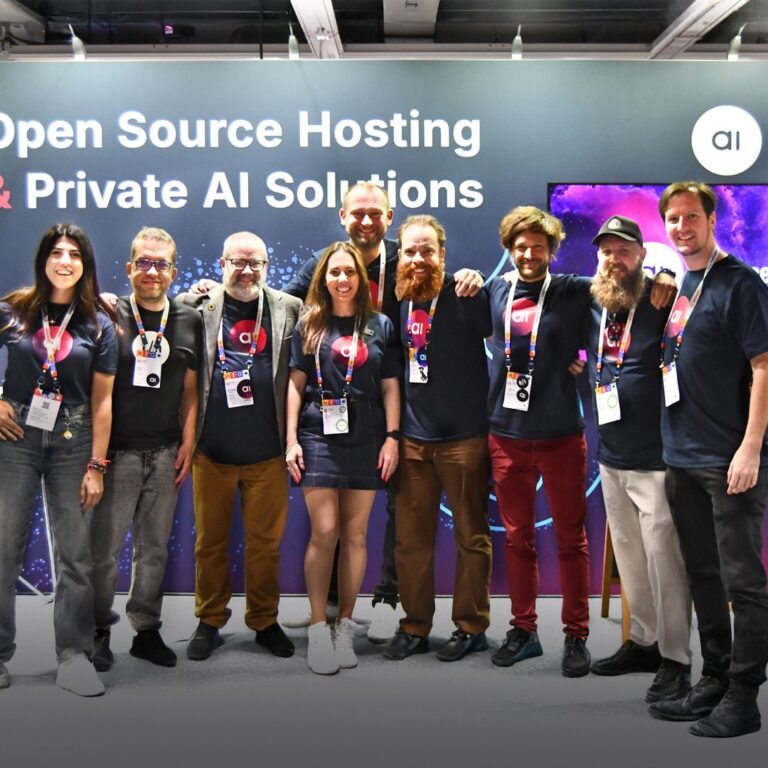
AI advancements are streamlining cloud computing operations by automating infrastructure management and enhancing security through real-time threat detection. With AI-driven managed services, organizations can offload routine tasks and focus on strategic business outcomes, leveraging AI for efficiency and customer value. Looking ahead, the shift toward AI-powered consumer-facing applications and AI-based automation will revolutionize cloud operations, allowing businesses to innovate faster while reducing operational complexities. Additionally, emerging tools like OpenAI’s ChatGPT and Google’s Duet AI hint at a future where AI interfaces transform cloud development and resource management.
As cloud providers abstract more of their services to facilitate AI and machine learning, what are some emerging trends you’re seeing in managed services that are particularly exciting?
AI’s role in enhancing security within cloud operations is critical. Could you elaborate on how AI is improving security measures and what this means for future cloud strategies?
As we delve into the realm where artificial intelligence intersects with the ever-evolving landscape of cloud computing, who better to guide our exploration than Drew Firment, the VP of Enterprise Strategies at Pluralsight. With a career steeped in pioneering cloud initiatives, Drew is at the forefront of ushering businesses into the digital future.
The most effective way for an organization to manage risks associated with AI investments is to ensure that security and IT teams receive consistent, high-quality training. As technology evolves, so do the skills required to navigate it; therefore, your workforce must be equipped with the knowledge and tools to meet the challenges of the rapidly changing AI landscape.
In what ways are AI advancements currently streamlining cloud computing operations, and what future developments do you foresee that could revolutionize this area further?
As we look toward the future, how do you envision the role of AI in cloud computing evolving over the next decade, and what should businesses do now to align themselves with these future trends?
Over the next decade, AI’s role in cloud computing will expand from optimizing internal operations to driving consumer-facing applications and advanced data analytics. As AI-managed services become more sophisticated, businesses will be able to build innovative applications without extensive in-house AI expertise. To stay ahead, companies should invest in AI skills and upskilling programs, leverage AI-enhanced cloud platforms, and prioritize AI-based security measures to protect their operations and data.
By Randy Ferguson
The tech industry increasingly focuses on creating customer value with AI-driven applications, leading to new or improved service offerings. For example, cloud providers like Microsoft, Google, and AWS are developing managed AI services that enable enterprises to innovate without the burden of managing underlying infrastructure. This shift allows companies to create personalized customer experiences and automate routine tasks, leading to enhanced efficiency and more innovative solutions in the tech sector.
With AI’s growing role in cloud computing, what are some of the biggest challenges that organizations face when integrating AI into their existing cloud infrastructures?
Considering the potential downsides of applying AI to cloud computing, such as costly “science projects,” how should organizations approach risk management to maximize their AI investments?
Drew’s commitment to empowering others transcends organizational boundaries, earning him recognition as an AWS Community Hero by Amazon itself. His passion for building inclusive and sustainable learning communities underscores his belief in the transformative power of technology when coupled with human ingenuity.
In this Q&A, we have the privilege of delving into Drew’s insights on the symbiotic relationship between AI and cloud computing, and how they will shape the business landscape in 2024 and beyond.
From your perspective at Pluralsight, how should companies invest in building AI competencies among their staff to better prepare for AI-driven cloud solutions?
While Amazon Web Services (AWS) is creating managed AI services, it’s their parent company Amazon.com that’s consuming these services to transform their customer experience and process efficiencies. The impact of AI expands well beyond personalized consumer interactions — driving innovations and optimization of their day-to-day operations. For example, Amazon is now using an AI model to predict the most efficient packaging option for shipping purchases in order to reduce waste while still protecting the items.
Enterprises are shifting focus from consuming to creating customer value using AI. Could you discuss how this approach has led to new or improved service offerings in any specific sector?
Organizations integrating AI into cloud infrastructures face challenges like high costs due to intensive computing requirements. Effective governance is critical to control expenses and ensure efficient resource use. Another major challenge is to make sure IT teams have the skills and training to implement AI effectively. A lack of adequate preparation increases the risk of AI projects becoming costly and inefficient, stressing the importance of a strategic approach and skilled personnel.
Companies can enhance their AI capabilities for cloud solutions by providing targeted training on core AI concepts and essential cloud-based AI tools. Pluralsight offers courses that help IT professionals improve their skills in cloud computing, AI, and machine learning. This ongoing learning ensures employees can effectively use AI in cloud environments, fostering innovation and a competitive edge. An alternative strategy is to use an AI Sandbox, which allows developers to safely test and experiment with generative AI without impacting critical software.
One exciting trend in managed services is the increasing availability of AI-driven analytics and data processing tools that allow enterprises to extract actionable insights without extensive in-house expertise. This abstraction also extends to AI-based automation services, enabling businesses to streamline workflows and reduce manual intervention in operations. Additionally, AI-powered customer engagement platforms are becoming more common, providing enterprises with the means to create personalized customer experiences at scale.
According to our 2024 Technical Skills Report, 99% of organizations report that they have benefited from upskilling, crediting an increase in productivity, employee retention, and flexibility among talent. Pluralsight provides a wide range of training courses designed to help IT professionals enhance their skills in critical areas like cloud computing, cybersecurity, and AI. The platform consistently updates its course offerings to reflect the latest advancements in the tech industry, addressing the growing skills gap and ensuring that learners stay current with industry trends.
With the rapid evolution of AI in cloud computing, how is Pluralsight addressing the potential skill gaps that might arise, ensuring that the workforce remains on the cutting edge?
AI is improving security measures in cloud operations by enabling real-time threat detection and automated responses to security incidents. Advanced machine learning algorithms analyze vast amounts of data to identify unusual patterns or potential threats, allowing cloud providers to proactively address vulnerabilities. This enhanced security not only helps to protect sensitive data but also builds greater trust in cloud services. For future cloud strategies, this AI-driven security focus means businesses can leverage the cloud with greater confidence, knowing that security risks are being actively managed through intelligent systems.
Having honed his expertise as the Director of Cloud Engineering at Capital One, Drew orchestrated the migration of early AWS adopters into full-scale production, solidifying his reputation as a visionary in cloud technology. His contributions extend beyond mere implementation, as he spearheaded the establishment of Capital One’s cloud engineering college, fostering a culture of innovation and continuous learning.
Drew, you’ve noted that AI is transforming how C-suite executives approach cloud computing from a tactical to a strategic level. Can you share a specific example where this shift has significantly altered a company’s strategic direction?






